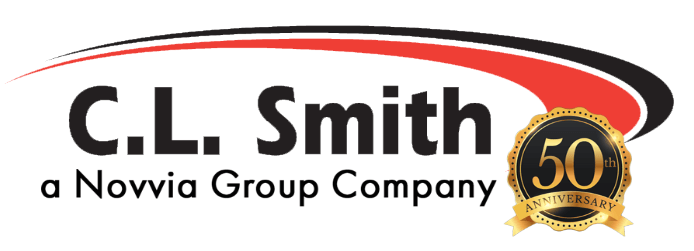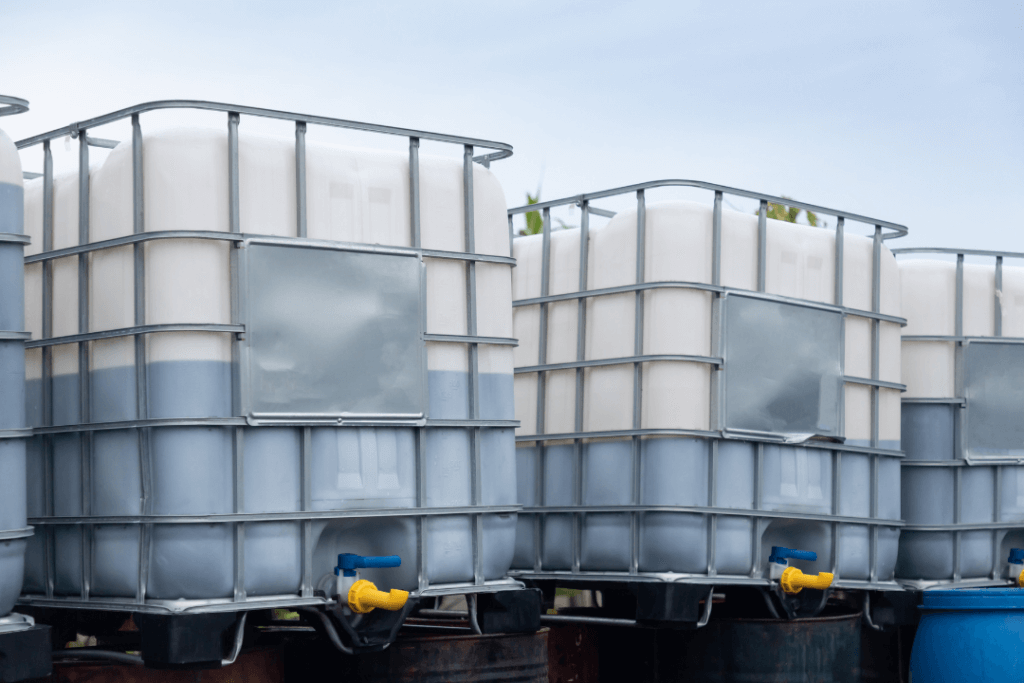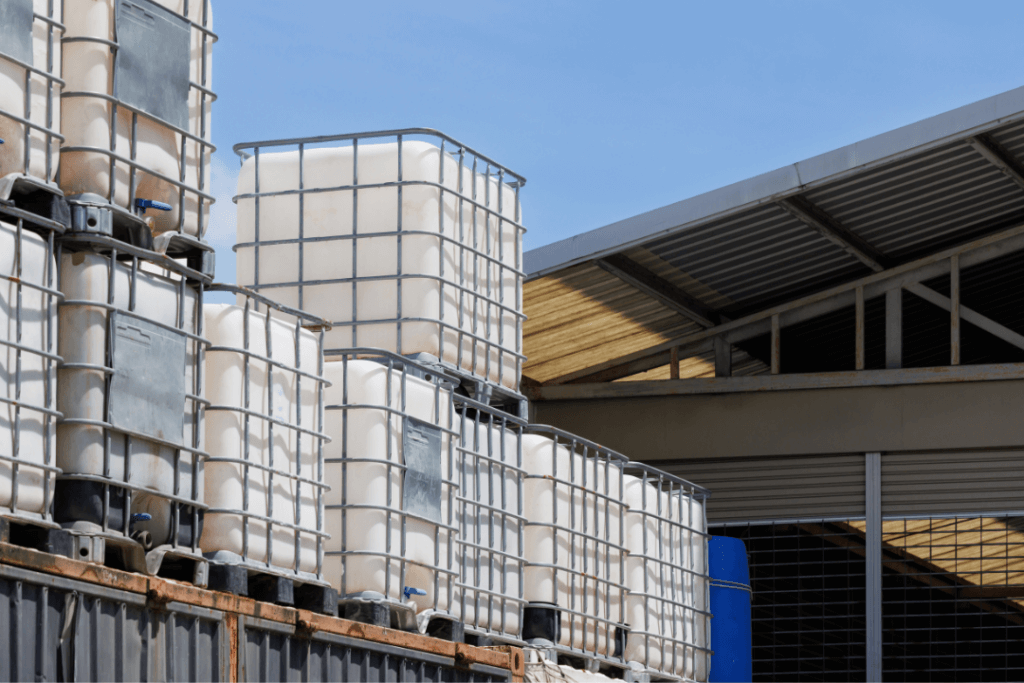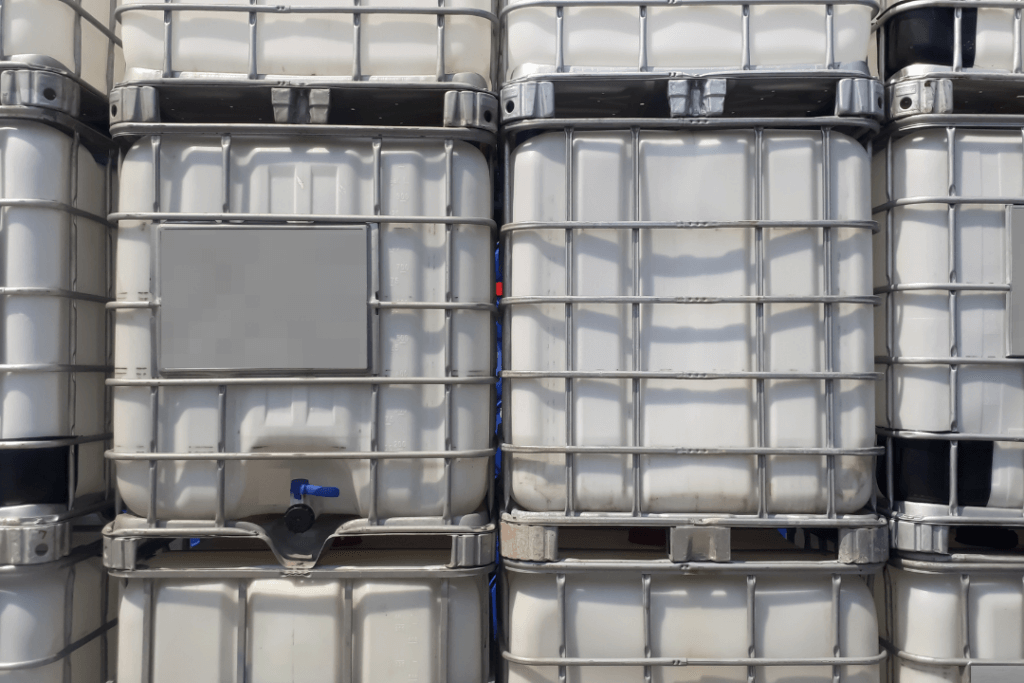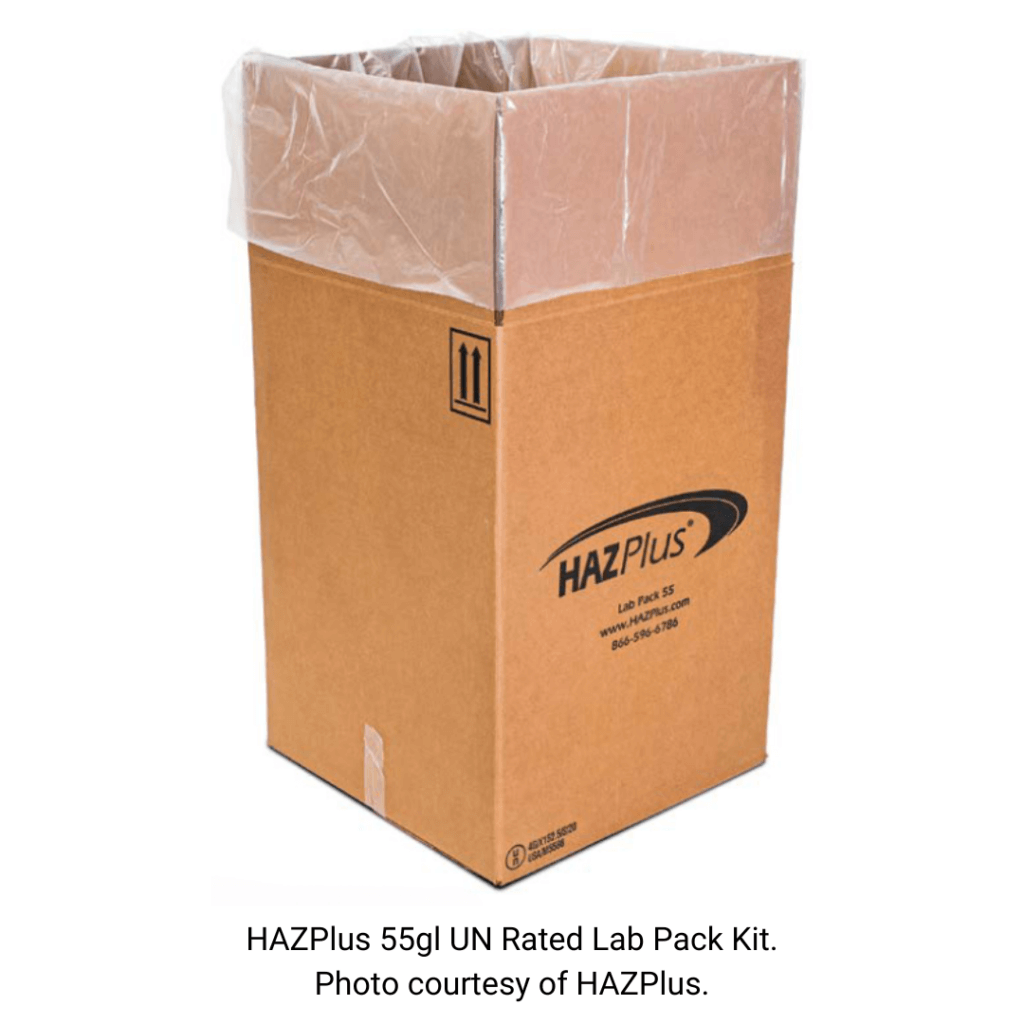 Packaging hazardous materials for transportation will continue to be a challenge in the years ahead as new materials are developed and current materials present new challenges. Innovated packaging solutions can help your team stay focused on being compliant with their hazardous material packaging.
Packaging hazardous materials for transportation will continue to be a challenge in the years ahead as new materials are developed and current materials present new challenges. Innovated packaging solutions can help your team stay focused on being compliant with their hazardous material packaging.
By Justin AuBuchon
Packaging hazardous materials properly for shipment can be costly, especially with the current materials market feeling inflationary pressures. Safely packaging batteries has also become a pressing issue as more and more devices contain batteries, which need to be properly disposed of or recycled. Thankfully, there are alternatives to traditional poly and steel packaging which offer the same performance, while reducing costs.
Corrugated Packaging Alternatives – Lab Pack 49 CFR 173.12
Corrugated Lab pack boxes are designed to safely transport small quantities of hazardous materials as an alternative to drums. Lab Pack boxes are commonly used in laboratories, HHW facilities, and solid waste industry settings to allow for the safe transportation and disposal of hazardous waste. By consolidating small quantities of hazardous materials into one container, lab packs minimize the risk of accidents during transportation and reduce the amount of space required for storage. This can save time and money for generators and waste management companies while also ensuring compliance with federal regulations.
Lab packs provide a level of organization and ease of identification for hazardous waste. The exceptions for shipment of waste materials specifically allow for certain waste materials classed as 3, 4.1, 4.2, 4.3, 5.1, 5.2, 6.1, 8, or 9 (prohibited materials in paragraph (b)(3)). These exceptions and additional information can be found in 49 CFR 173.12(b). Lab packs can be labeled with clear and concise information when used in the field, making it easy for workers to identify the hazard class and handle them appropriately. This can prevent mix-ups and mistakes during waste management processes, reducing the risk of accidents and environmental damage.
Lastly, the use of lab packs can contribute to a more sustainable waste management system. The space that a lab pack kit takes up in your warehouse is minimal as they lay flat on a pallet and the cost is reduced greatly from traditional drums. When factoring in shipping costs for the number of drums versus the same amount of lab packs, the freight savings are considerable. This regulatory excepted packaging alternative provides a compliant, sustainable, and economically creative solution for the transportation and disposal of your hazardous waste.
Damaged Lithium Battery Pack
The transportation and storage of damaged, defective, or recalled (DDR) lithium batteries or cells can be dangerous if not handled correctly. These batteries can pose a risk of fire, explosion, or other hazards if they are not properly packaged and transported. A DDR battery or cell is defined as having been damaged or identified by the manufacturer as being defective for safety reasons, that have the potential of producing a dangerous evolution of heat, fire, or short circuit (e.g., those being returned to the manufacturer for safety reasons).
Generators need to ensure that the batteries or cells are packed into fully compliant containers that meet the regulatory requirements of 49 CFR 173.185(f). Only a single DDR battery or cell may be packaged per container and the containers should be labeled as containing damaged, defective, or recalled batteries. The batteries or cells must be handled and transported by trained personnel who understand the risks involved in handling these materials. They should be equipped with appropriate personal protective gear, such as gloves and goggles, and be familiar with emergency procedures in case of an incident at your facility.
Companies such as HAZPlus offer an affordable and stocked DDR Special Permit Kit (DOT SP-20331) which offers some relief from the regulations if the requirements of the special permit are followed. These exceptions are the ability to package multiple cells or batteries (limitations apply) and relief from 49 CFR 172 Subparts C through H in that shipping papers, marking, labeling, emergency response information, and training are not required. These kits come pre-labeled and marked with the requirements of the special permit. This easy to use and affordable solution is preferred when shipping multiple DDR batteries or cells.
Proper Storage and Transport
With the many battery fires in the news recently, segregation and proper storage of your lithium battery or cells is critical to your facility and employees’ safety. Remediation response teams have seen an increase in fires from collection facilities of used mixed battery chemistries that include a DDR lithium cell or battery packed in a loose container. There are recommendations that each cell or battery be individually bagged, and terminals protected to prevent a short circuit. Additionally, training for employees on how to recognize a DDR lithium battery or cell can help mitigate these events as well.
Containerizing and transporting damaged, defective, recalled lithium batteries, or cells safely requires careful planning and attention to detail. By partnering with a national packaging expert, you can be confident your packaging solutions will be compliant and resources available if your team has questions.
Packaging hazardous materials for transportation will continue to be a challenge in the years ahead as new materials are developed and current materials present new challenges. Innovated packaging solutions, from leading distributors, can help your team stay focused on being compliant with their hazardous material packaging while leveraging those companies purchasing power to ensure the best value in products and services.
Justin AuBuchon, STS currently serves as the NAHMMA Heartland Chapter President. He is a Project Manager at HAZPlus, a Novvia Group Company which is a leading provider of hazardous material packaging nationwide stocking a variety of hazardous waste containers that are tested, certified, and ready-to-use such as corrugated lab pack boxes, and damaged lithium battery packaging. He can be reached at (314) 312-6140 or jaubuchon@clsmith.com.
Comments are closed
